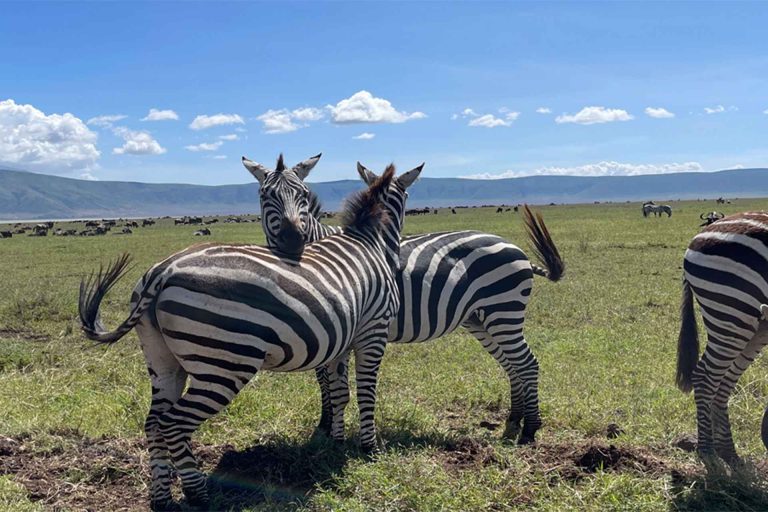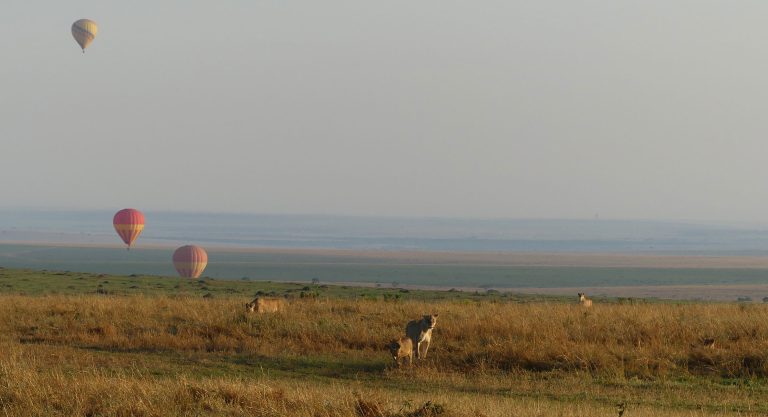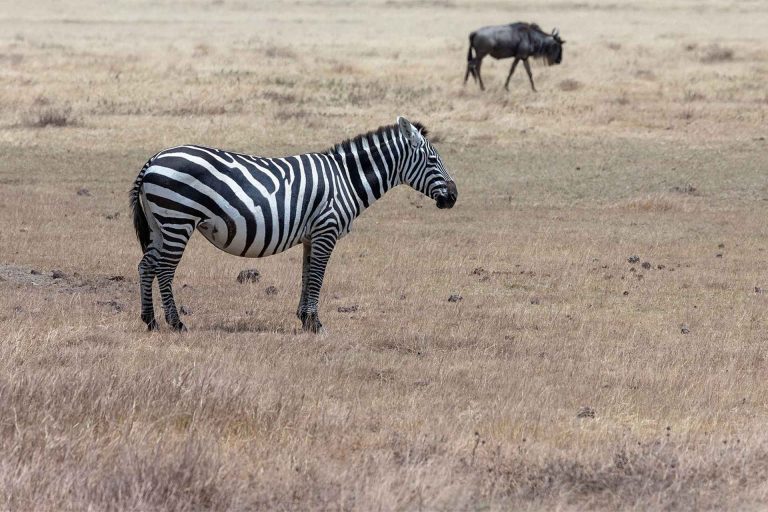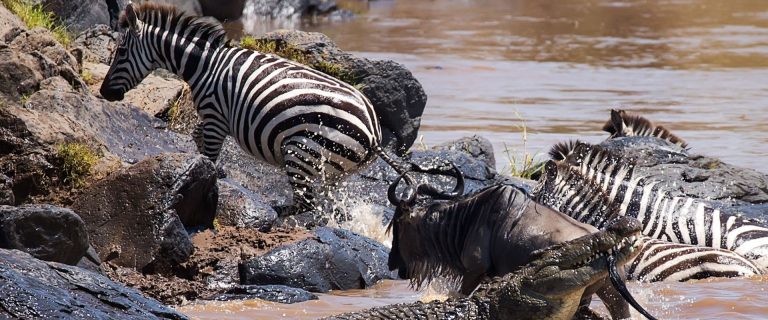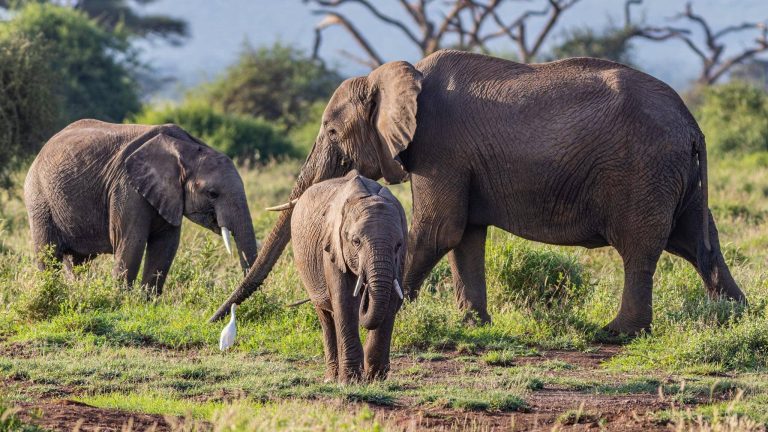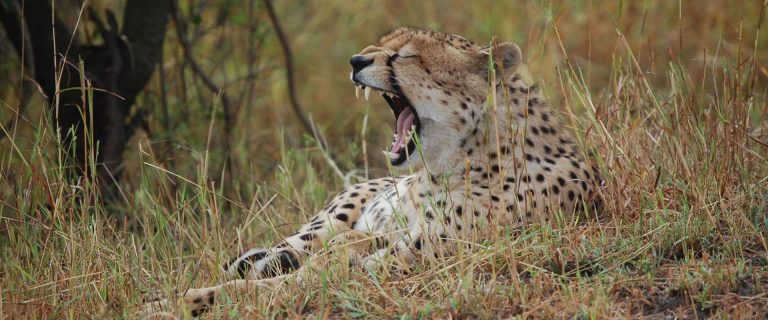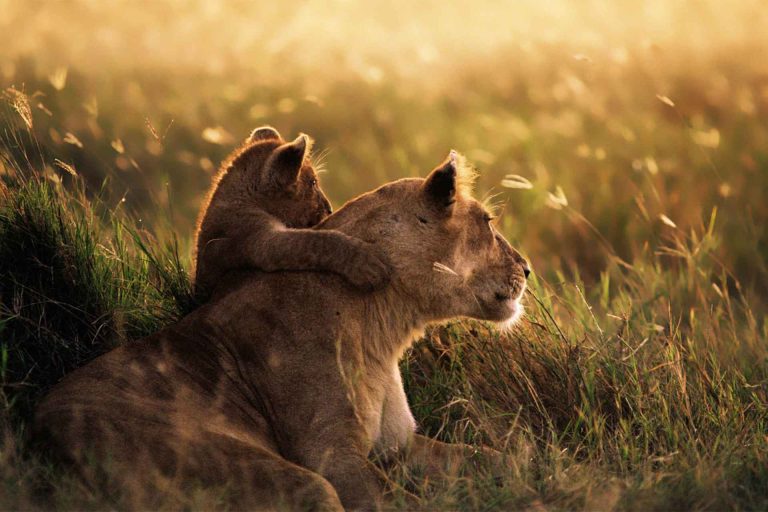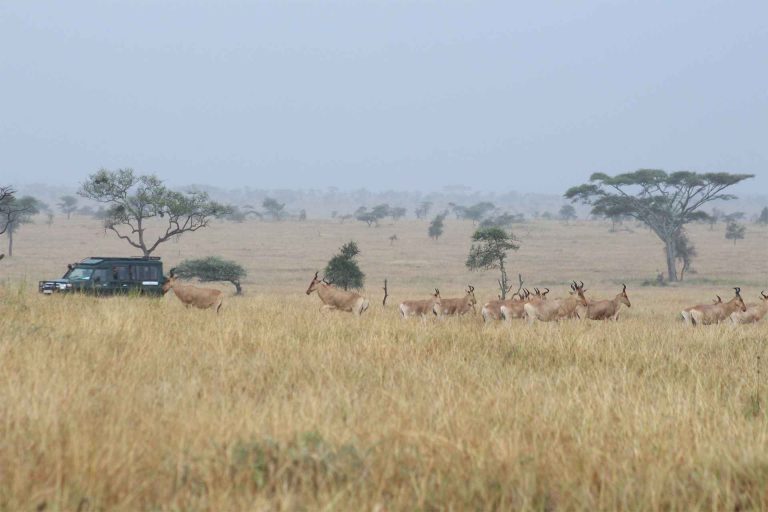Mkomanzi National Park
- Home
- Destinations
- Mkomanzi National Park
Mkomanzi National Park
The Mkomazi National Park is located in the northern part of Tanzania, between Moshi and Tanga. The park finds itself in a beautiful setting with both the Pare and Usambara mountains towering above its boundaries. Depending on the weather, Mount Kilimanjaro can also be seen from the park.
In terms of vegetation, Mkomazi marks the southern tip of the Sahel zone which resembles that of a dry, desert like landscape. Due to the climate, the vegetation primarily consist of acacia-commiphora woodlands and towards the western mountains the vegetation changes to a dry land forest.
Park Location:
The main source of water in Mkomazi comes from the Umba River in the southeast. Apart from that, the park sees very little precipitation all year round making game drives along the river area worthwhile.
The most famous members of the Mkomazi natives are surely the African wild dogs and the endangered black rhinos that live in a private sanctuary. This park is also one of the best places to see large herds of oryx and gerenuks roaming freely in the open bushland. Other small and large mammals that call Mkomazi their home include lions, leopards, cheetahs, hyenas, jackals, elephants, buffaloes, hartebeests, giraffes, and warthogs.
A healthy population of 450 bird species is also found in the park and several species can be seen during a game drive. The most commonly seen species include go-away birds, ostriches, long-crested eagles, hoopoes, and bustards. Around the Umba River, sightings of kingfishes, flamingos, cormorants, plovers, ducks, and crocodiles basking on the banks are common.
Every day, thousands of people pass within a few kilometers of Mkomazi on one of Tanzania’s busiest highways. These and the northern circuit safari-goers are now most welcomed to discover the treasures of this wedge of hilly semi-arid savannah – home of large herds of giraffe, eland, hartebeest, zebra, buffalo, and elephant.
Mkomazi is a vital refuge for two highly endangered species, the charismatic black rhino and the sociable African wild dog, both of which were successfully reintroduced in the 1990s. Nomadic by nature, wild dogs might be seen almost anywhere in the park, however, the black rhino is restricted to a fenced sanctuary, ensuring their safekeeping for the enjoyment and prosperity of future generations.
Mkomazi supports several dry–country specialists species that are rare elsewhere in Tanzania; these include the spectacular fringe-eared oryx, with its long back–sweeping horns, and the handsome spiral-horned lesser kudu. Oddest of all is the gerenuk, a gazelle distinguished by its slender neck, bizarre alien-like head, and having the habit of standing tall on its hind legs as it stretches for acacia leaves that other browsers cannot reach.
A game reserve since 1951, this new National Park takes its name from a word from Pare tribe denoting “scoop of water”, referring to little water. It is a fantastic destination for birdwatchers, with more than 450 avian species recorded, among them are the dry–country endemics such as the cobalt–chested vulturine guinea-fowl, other large ground birds such as ostrich, kori bustard, secretary bird, ground hornbill, and some migratory species including the Eurasian roller.
BEST TIME TO VISIT Mkomanzi National Park
The optimal time to explore Mkomanzi National Park is during the dry season, typically spanning from June to October. This period offers favorable conditions for wildlife viewing, as animals congregate around water sources, providing excellent opportunities for sightings. Moreover, the vegetation is less dense during this time, allowing for clearer visibility and making it easier to spot elusive species. The weather is generally pleasant, characterized by sunny days and cooler nights, enhancing the overall safari experience. However, Mkomanzi National Park can be visited year-round, each season offering its own unique charm and experiences. Whether it’s witnessing the lush greenery of the wet season or enjoying the abundance of wildlife during the dry season, visitors are sure to find something captivating whenever they choose to explore this remarkable wilderness. Ultimately, the best time to visit depends on individual preferences and interests.
Still Not Sure What You’re Looking For?
We’re here to help! Chat with us and we can find the perfect trip for you or start creating a custom trip.




